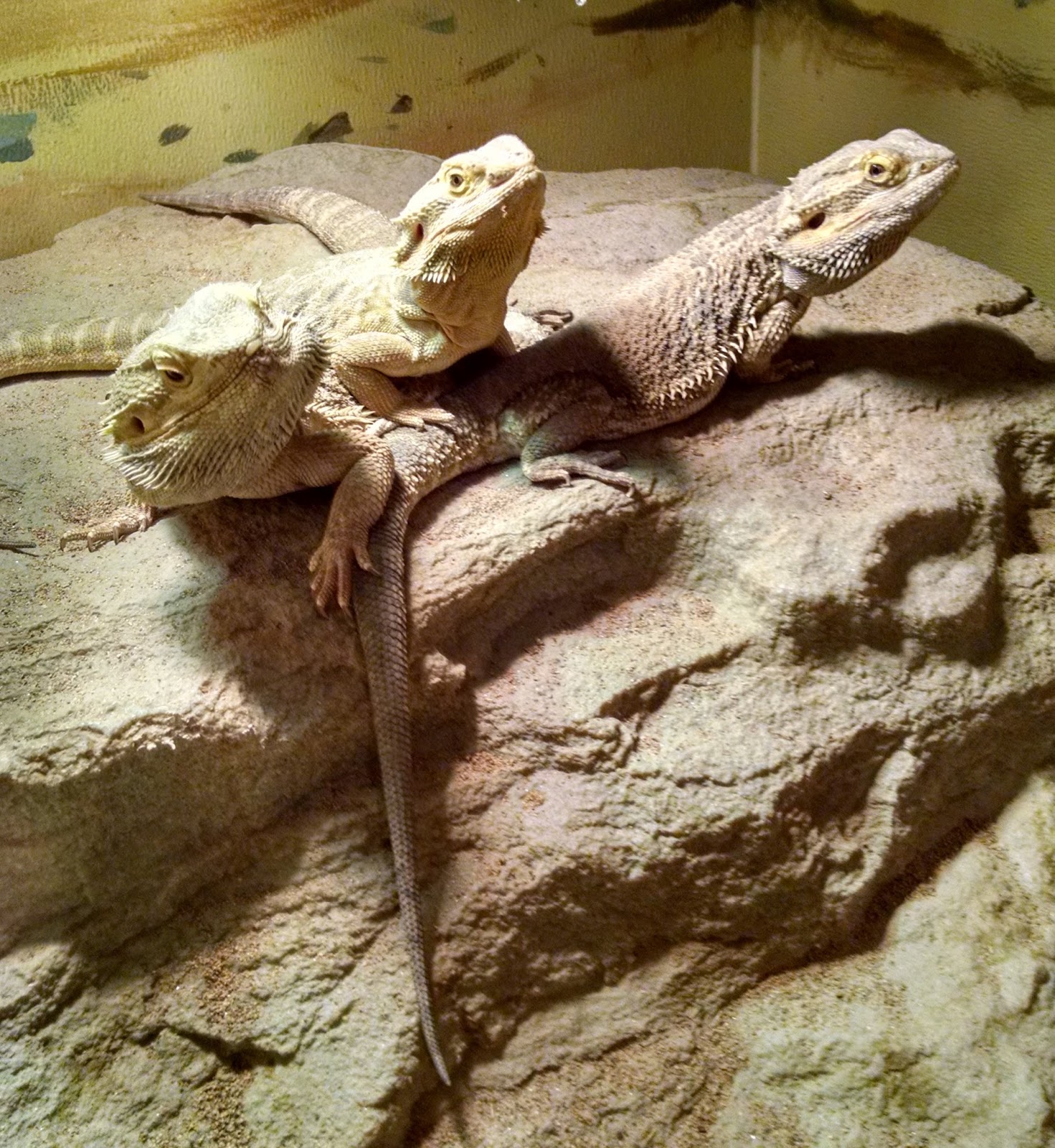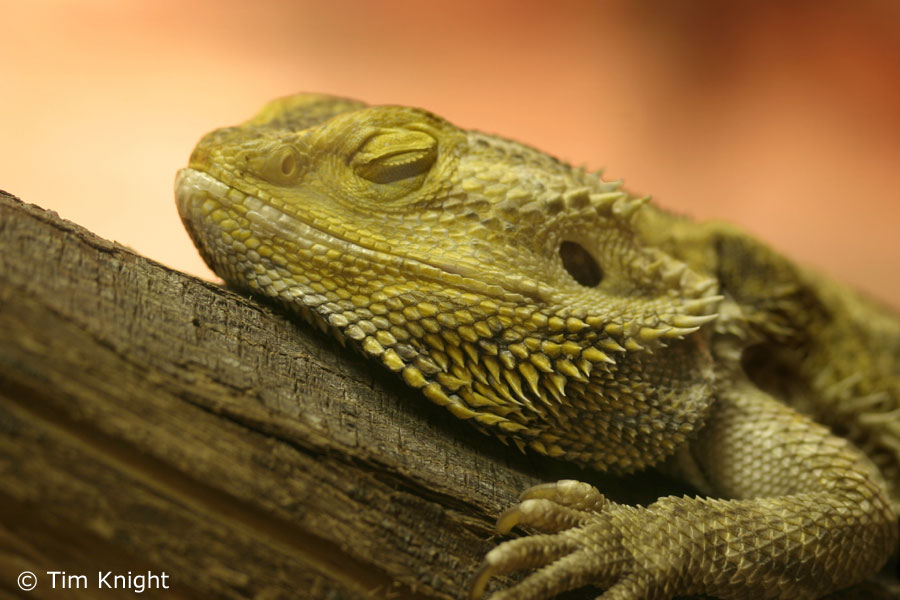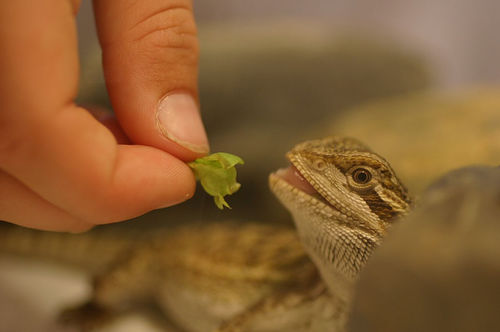Oh no! My Bearded Dragon is Falling! What Should I Do?
Introduction
Bearded dragons are one of the most popular lizard pets in the world. They are known for their gentle nature, unique personalities, and their love for basking in the sun. However, as a bearded dragon owner, there are times when you might find your pet falling off a high surface or struggling to climb up a steep incline. This can be very scary for both you and your bearded dragon, and you may not know what to do.
In this blog post, we will discuss the reasons why bearded dragons fall, what you should do if your bearded dragon falls, and how you can prevent your bearded dragon from falling again.
Why Do Bearded Dragons Fall?
Bearded dragons are typically agile, active pets that love to explore their surroundings. However, there are several reasons why your bearded dragon may fall. These include:
- Slippery surfaces: Bearded dragons have small, delicate legs and feet that are not designed for slippery surfaces like tile or linoleum floors.
- Uneven surfaces: Bearded dragons can easily lose their balance when walking on uneven surfaces like rocks or tree branches.
- Incorrect lighting: Bearded dragons need specific lighting and temperature requirements to stay healthy. If these are not met, your bearded dragon may become weak and fall.
- Lack of grip: Bearded dragons rely on tiny claws to grip onto surfaces. If their claws are too long, they may actually lose grip and fall.
- Poor health: Bearded dragons with health issues like dehydration or metabolic bone disease may struggle to climb or maintain their balance.
What Should I Do If My Bearded Dragon Falls?
If your bearded dragon falls, the first thing you should do is stay calm. Your pet can sense your anxiety and may become more stressed if you panic. Here are the steps you should take:
- Assess the situation: Check your bearded dragon for any injuries, such as cuts, bruises, or swelling.
- Keep them warm: Bearded dragons need warmth to maintain their body temperature. If your bearded dragon falls, pick them up gently and hold them close to your body to keep them warm.
- Offer water: Bearded dragons can become dehydrated quickly if they are stressed or injured. Offer them some water from a dropper or syringe to keep them hydrated.
- Take them to the vet: If your bearded dragon appears to be injured or is not responding normally, take them to the vet as soon as possible.
Preventing Bearded Dragons From Falling
Preventing your bearded dragon from falling is crucial for their health and wellbeing. Here are some tips to keep your bearded dragon safe:
- Provide a secure enclosure: A secure environment is key to preventing falls. Make sure your bearded dragon’s terrarium is spacious, clean, and secure.
- Use an appropriate substrate: Bearded dragons can easily slip on substrates like sand, so consider using a textured mat or reptile carpet instead.
- Provide sturdy branches and rocks: Bearded dragons love to climb, but can easily fall off loose or unstable branches. Make sure any climbing structures in their enclosure are sturdy and secure.
- Maintain proper lighting and temperature: Bearded dragons need specific UVA/UVB lighting and temperature ranges to stay healthy. Make sure their enclosure has proper lighting, heating, and cooling elements.
- Trim their nails: Keeping your bearded dragon’s claws trimmed will help them grip onto surfaces better.
- Stay vigilant: Keep an eye on your bearded dragon as they move around their enclosure to make sure they are safe.
Conclusion
Bearded dragons are wonderful pets that bring joy and happiness to many people. However, falls can be a scary and potentially dangerous occurrence. By following the tips in this blog post, you can help prevent falls, ensure your bearded dragon’s safety and wellbeing, and enjoy your time with your beloved pet to the fullest.



.jpg)





